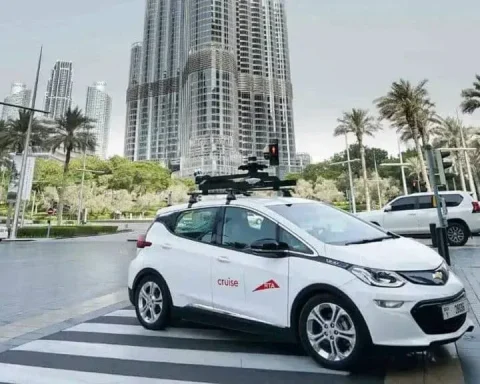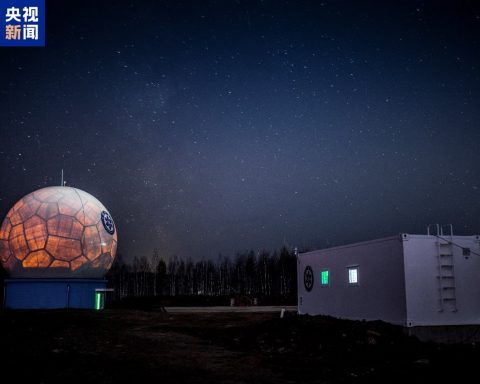The DropofaHat.zone project provides an overview of shopping.
An engineer from New York presented the project DropofaHat.zone, in the framework of which he uses Artificial Intelligence (AI) – the technology of creating intelligent machines and computer programs, the main task of which is to use computer technologies to understand human intelligence.
Researchers highlight two main directions of AI development:
• solving problems related to the approximation of specialized AI systems to human capabilities, and their integration, which is realized by human nature;
• creation of artificial intelligence, representing the integration of already created AI systems into a single system, capable of solving human problems.” data-html=”true” data-original-title=”artificial intelligence” >artificial intelligence to throw baseball caps at the heads of passers-by from the window of his apartment.
According to the creator, anyone can choose a convenient time, pay for a baseball cap and stand under the engineer’s window for 3 seconds to catch the falling helmet. Baseballs are reset every 5 minutes. The engineer also presented a video demonstration of the system.
Installed system
Raspberry Pi is a series of small single-board computers (SBC) developed in Great Britain by the Raspberry Pi Foundation together with Broadcom. The Raspberry Pi project was originally aimed at promoting basic computer science education in schools and developing countries. Currently, the platform is used in many areas, for example, for weather monitoring, due to its low cost, modularity and open design.” data-html=”true” data-original-title=”Raspberry Pi” >Raspberry Pi, step by step The Adafruit engine is an online tool for marking images.
When the AI detects the presence of a person under the window, a special Python script is run on the Raspberry Pi.
The system detects a passerby standing under the window
The AI training included recording several minutes of video from the window to teach the system to recognize pedestrians without helmets. The author published a training dataset of 133 annotated images and a finished model.
The project DropofaHat.zone became the first step towards the realization of a global dream – to turn the windows of buildings into shops that can “drop” various things to passers-by at any time of the day or night.







